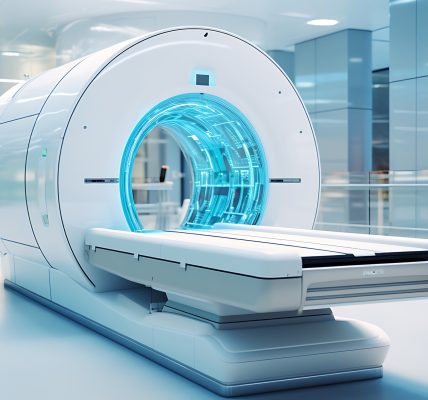Can Ozempic Help With Other Addictions?

At the University of North Carolina at Chapel Hill, interesting new research is underway to see if semaglutides can help people stop smoking tobacco. Semaglutides are a class of GLP-1 drugs, such as Ozempic, originally developed to treat diabetes. However, Ozempioc has become such a popular weight loss drug that clinical trials have expanded into other problem compulsive behaviors, such as alcoholism, smoking and drug addiction. Could GLP-1 drugs provide a solution for all addictions?
GLP-1 stands for glucagon-like peptide-1, a hormone that stimulates the pancreas to release glucose. Diabetes has been treated with these drugs, such as exenatide and liraglutide, for over a decade. Physicians noticed that their patients were also losing weight, and that discovery has led to a boom in using Ozempic and other GLP-1 drugs as weight loss drugs.
Ozempic, Wegovy and other GLP-1 drugs work by mimicking a natural hormone that tells the brain “I’m full. I should stop eating now.” An article from Hunter Medical Research Institute explains how the GLP-1 hormone regulates weight:
Some studies have shown GLP-1 levels, particularly after meals, are lower in people with obesity. This could be from reduced production of GLP-1, or increased breakdown. The receptors that detect it might also be less sensitive or there might be fewer receptors. This could be because of differences in the genes that code for GLP-1, the receptors or parts of the pathways that regulate production.
After the realization that the diabetes drug was also a weight loss drug came further anecdotal evidence that Ozempic was helping with other addictions. A recent survey in The Atlantic by Sarah Zhang follows the path of GLP-1 drugs in the treatment of a variety of addictions. The key discovery is that GLP-1 drugs don’t just impact the pancreas — they impact the brain. Zhang explains:
In particular, GLP-1 analogs affect dopamine pathways in the brain, a.k.a. the reward circuitry. This pathway evolved to help us survive; simplistically, food and sex trigger a dopamine hit in the brain. We feel good, and we do it again. In people with addiction, this process in the brain shifts as a consequence or cause of their addiction, or perhaps even both. They have, for example, fewer dopamine receptors in part of the brain’s reward pathway, so the same reward may bring less pleasure.
The exact mechanism by which the GLP-1 drugs act on the brain is not clear. However, there is a common ingredient in all the addictions it is being tested on, and that is displacement. It’s very likely that, in some fashion, GLP-1 drugs disrupt the displacement mechanism which compels many people to engage in self-destructive behavior when faced with stressful situations.
Dr. Robert A. Pretlow, the founder of AddictionNews, believes the answer may lie in reducing cue sensitivity. The drug may result in users being less triggered when presented with temptations. Zhang says “researchers told me to expect many studies with semaglutide, with positive results, to be published soon.” We will be happy to report those results out to you.
Written by Steve O’Keefe. Published November 22, 2023.
Sources:
“Did Scientists Accidentally Invent an Anti-addiction Drug?” by Sarah Zhang, The Atlantic, May 19, 2023.
“Ozempic helps weight loss by making you feel full,” Hunter Medical Research Institute, March 31, 2023.
“Effects of Semaglutide on Nicotine Intake,” ClinicalTrials.gov, October 24, 2022.
Image Copyright: pitinan





4 COMMENTS